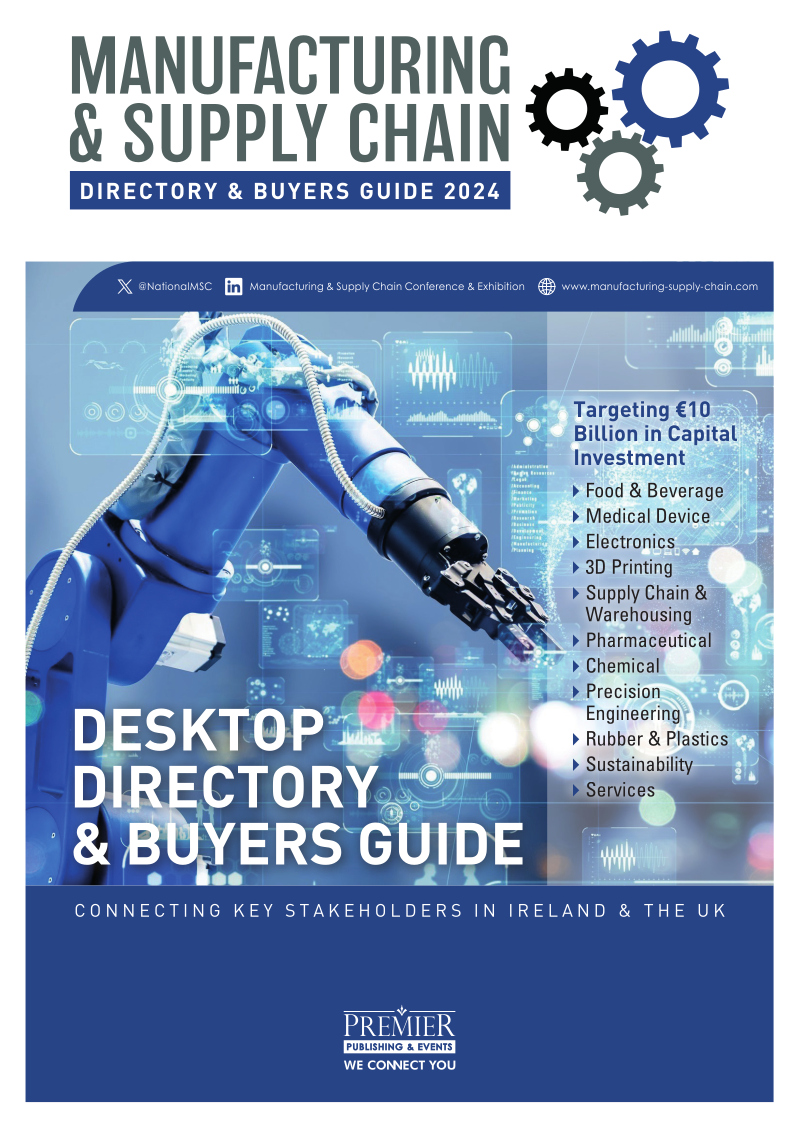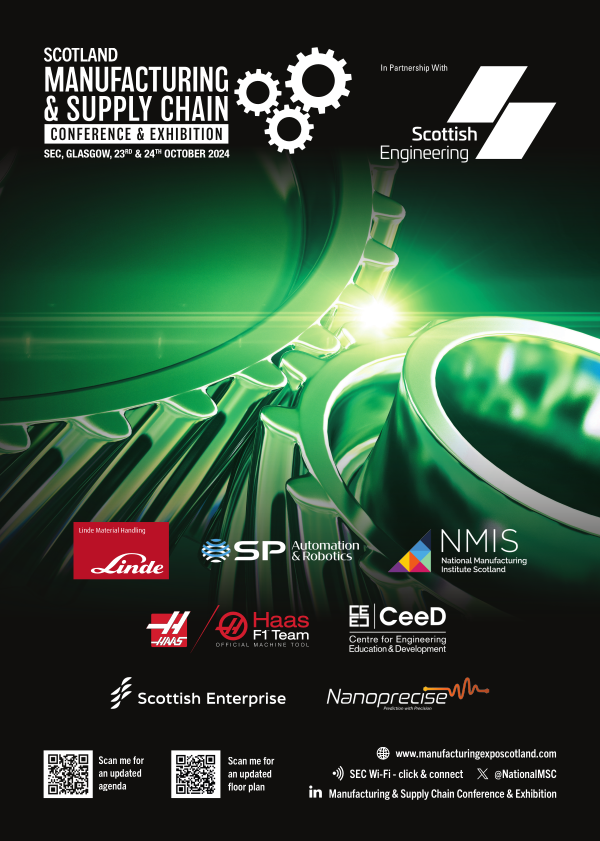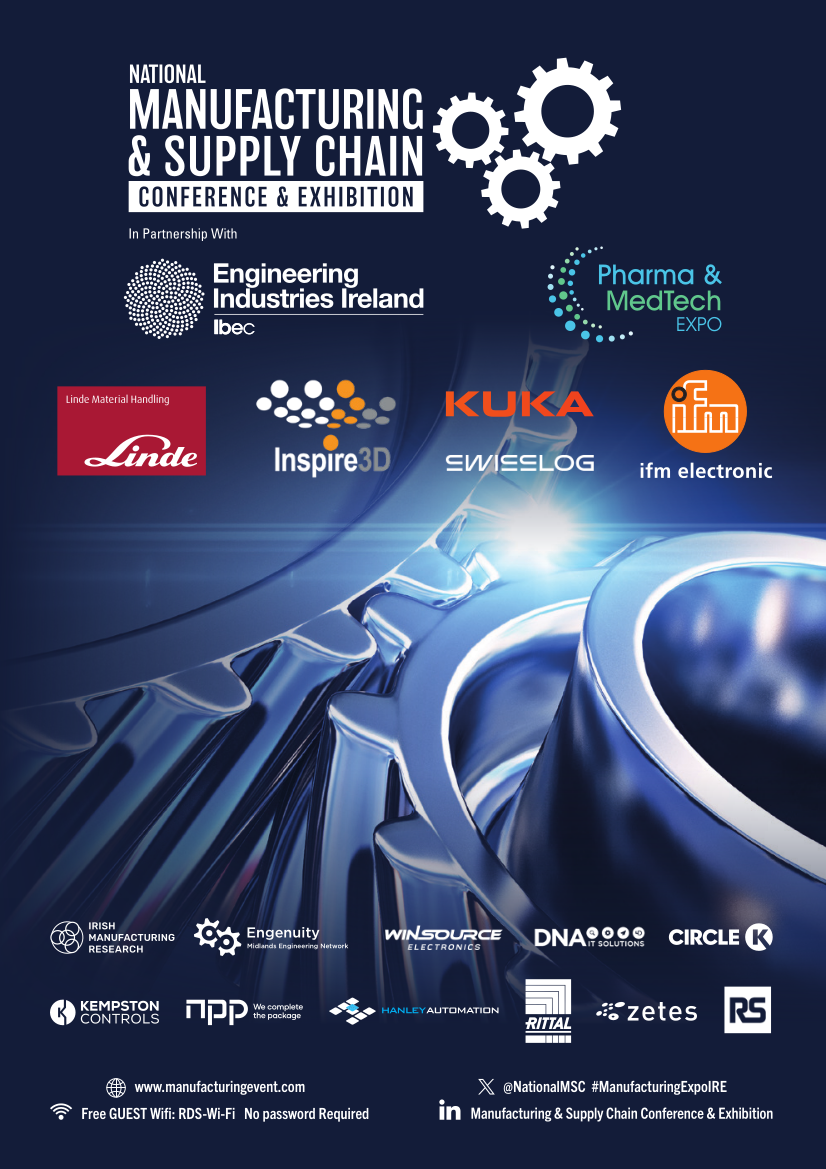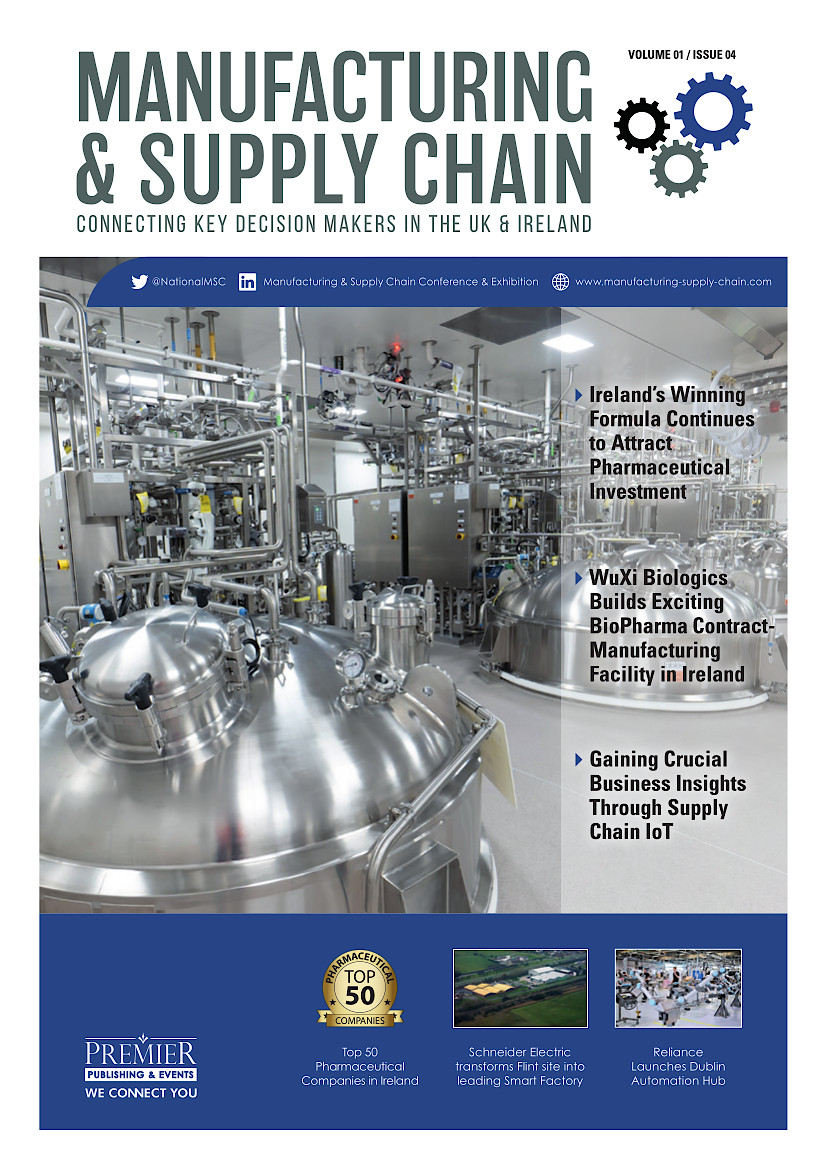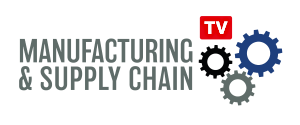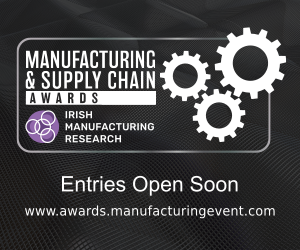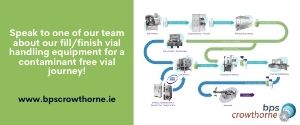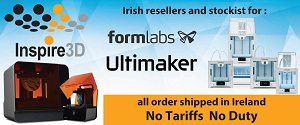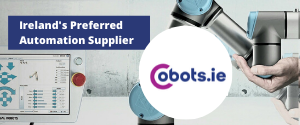How Product Inspection Helps Combat Rising Manufacturing Costs
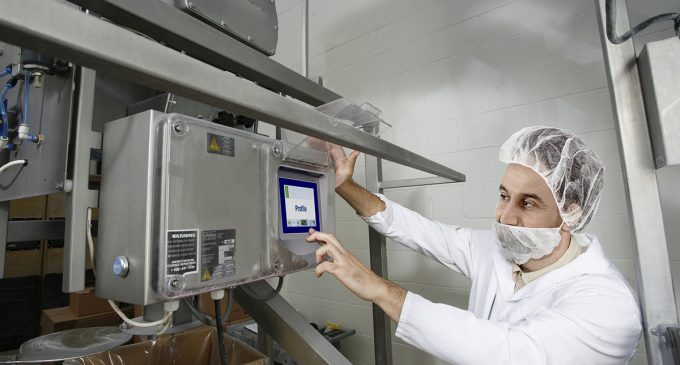
Escalating manufacturing costs are proving a challenge to food manufacturers across Europe. Rob
Rogers, Senior Advisor Food Safety & Regulation of Mettler-Toledo outlines how product inspection
technology can help to mitigate the impact of inflationary pressure.
European food manufacturers and packaging companies don’t have to look far to find bleak
economic news. Inflation is rising across the continent, with September 2022 hitting 10% 1, up from
April’s record high of 7.4% 2.
Nor do they have to look far to find major reasons for the upwards spiral. Russia’s war in Ukraine has
caused massive disruption and soaring energy costs. Prices for raw materials such as grain and
wheat have also escalated sharply due to the conflict.
Looking ahead, the EU’s Winter 2022 interim forecast 3 predicts inflation will become more
manageable in 2023, at 3.2% for the entire community (2.7% for the eurozone). Even so, amidst
such uncertainty, rising input costs are likely to be a fact of life for food manufacturers in both the
short and medium term.
Focusing on solutions
Given the situation, how can food manufacturers look to combat rising input costs? One way is to
focus their minds on efficiency, productivity, and waste reduction, and in this quest, product
inspection technology will be a valuable tool. Everyone appreciates the importance of product
inspection systems such as check weighing, metal detection, and x-ray inspection for the purposes of
complying with product quality and safety demands. There is another dimension to their purpose,
though – one that is related to boosting productivity and controlling costs.
Accurate check weighing, for example, can ensure tighter production tolerances and reduce waste,
helping food manufacturers to get the maximum yield out of expensive ingredients and raw
materials, and improving cost performance. Checkweighing, with the correct controls, also helps food
manufacturers to meet weights and measures legislation.
An ideal set-up would see a check weigher equipped with highly accurate Electro-Magnetic Force
Restoration (EMFR) load cells are used in conjunction with feedback control and statistics software. This
delivers precision weighing at high speeds and enables manufacturers to set precise fill levels for a
pack to save raw material. Feedback control monitors the fill level and automatically communicates
with the filling machine to ensure tight control. The statistics software records the fill level of each
pack for audit purposes so that the manufacturer has proof of compliance with relevant weighing
regulations, such as the Measuring Instruments Directive (MID).
The potential savings from operating in this way are substantial. For example, using a Mettler-Toledo
C-Series check weighing system with FlashCell™ technology, a production line manufacturing one
hundred 1kg packs of flour per minute across three eight-hour shifts per day could save almost 5kg
of flour every day, if operating within strict MID regulations. If the manufacturer is not required to comply with MID regulations, the saving could be 1,170kg per day, based on a 10g per pack allowed
underfill. In the course of a 300-day production year, this equates to more than 350,000kg of flour,
costing more than €185,000 at a wholesale price of €0.53 per kg. The message is that on a fast-
running a production line, being able to set tight fill levels can equate to substantial raw material
savings over the course of a production run.
Inspection technologies
Modern metal detection systems incorporate numerous features specifically developed to help
users to reduce manufacturing costs. Among these are facilities such as Reduced Test Mode and
Automatic Test Systems, which enhance productivity by requiring fewer or less labor-intensive
production stops. This improves productivity, reduces downtime, and reduces waste.
In addition, food manufacturers can use modern metal detection technology with product
“clustering” software, which enables multiple different products to be inspected on a single setting,
so there is less need for costly product changeovers and stoppages.
Gravity fall and pipeline metal detection systems are particularly useful at the raw ingredients stage
of food manufacturing, inspecting bulk volumes of material such as granules and powders, or slurries
and pastes respectively, at high speeds. These also incorporate high-speed reject devices that
efficiently remove metal-contaminated ingredients from the production line.
Similarly, x-ray inspection can also be used with bulk volumes of unpackaged products, removing
contaminated ingredients before further value-adding processes are carried out to manufacture the
product. This can save a great deal of waste and cost further along the line, reducing the number of
manufactured products that need to be rejected, as well as the time and labor costs involved in
dealing with such production interruptions.
Even with packaged products, x-ray inspection can also save costs, by inspecting and rejecting single
contaminated products, instead of having to reject entire multi-packs when only part of the pack is
contaminated. As well as the food waste here, there is packaging material waste too – another input
cost that manufacturers need to keep control of.
Energy Consumption and Digitalisation
Two further aspects should be highlighted. The first of these is in the critical area of energy
consumption. Investing in the latest product inspection machinery delivers an immediate and
ongoing benefit for users, through these being highly energy efficient. For example, the latest
generation of x-ray systems from Mettler-Toledo Safeline use as little as a fifth of the energy
consumption rates of other solutions. We calculate that, based on a saving of 5 kWh per day and
running 300 days a year, a manufacturer could save 1.5 MWh per year with a single x-ray machine,
thereby reducing energy bills and enhancing the company’s environmental credentials.
The other factor to consider is the impact of the automatic collection and storage of production line data
using the latest product inspection systems. Manual, paper-based collection of this data requires an
employee to spend time that could be used more profitably on other tasks. It is also prone to
mistakes, and there is a danger of records being lost or misplaced.
Compare this to automatic data collection, which is always accessible, accurate, and up-to-date, and
can be trusted as a basis for standards compliance. It can also provide insight as to how and where
efficiency and productivity can be further improved, with the potential for time and cost savings.
While it is true that digitalization is not without its own costs in terms of investment in new or
upgraded systems, the potential efficiencies that can be gained from the latest technology result in a
comparatively quick return on investment. Additionally, improved maintenance and support
provision leads to reduced downtime and more hours of optimal machine performance.
In conclusion, the battle against rising costs is a constant one for food manufacturers, and this year it
has certainly become even more pressing. Increasingly, they need to find smart solutions, and a
renewed look at product inspection technology can certainly help them to mitigate spiraling
manufacturing costs.
Join us on a live webinar on the 17th of November to discover how product inspection technology can
help to combat rising food manufacturing costs. Register here: www.mt.com/pi-combatcosts
Metal detection technology helps Jewel Date realize cost savings
Jewel Date had a manufacturing challenge with its old product inspection system that was costing
days of production time and high energy costs. The producer of whole dates, date butter, date
sugars, and date pastes was having to freeze its date paste in 18 kg bulk packages before inspection
because the existing system could not handle hot paste. The result was a five-day delay, complicated
logistics, and a great deal of extra energy use.
Its solution was to install the Mettler-Toledo Profile Advantage Pipeline metal detection system,
which can handle hot paste. With no need to freeze bulk volumes, rejected paste now comes in
much smaller quantities, and the delays and logistical issues have been eliminated. The company has
realized massive productivity gains and cost savings, says Operations Manager Steve Luicci:
“The Profile Advantage system saves us an enormous amount of time, labor, and utilities. I can’t
begin to imagine how much time and money it has saved. Most importantly, it’s twice as sensitive as
our previous system and has almost no false rejects.”


